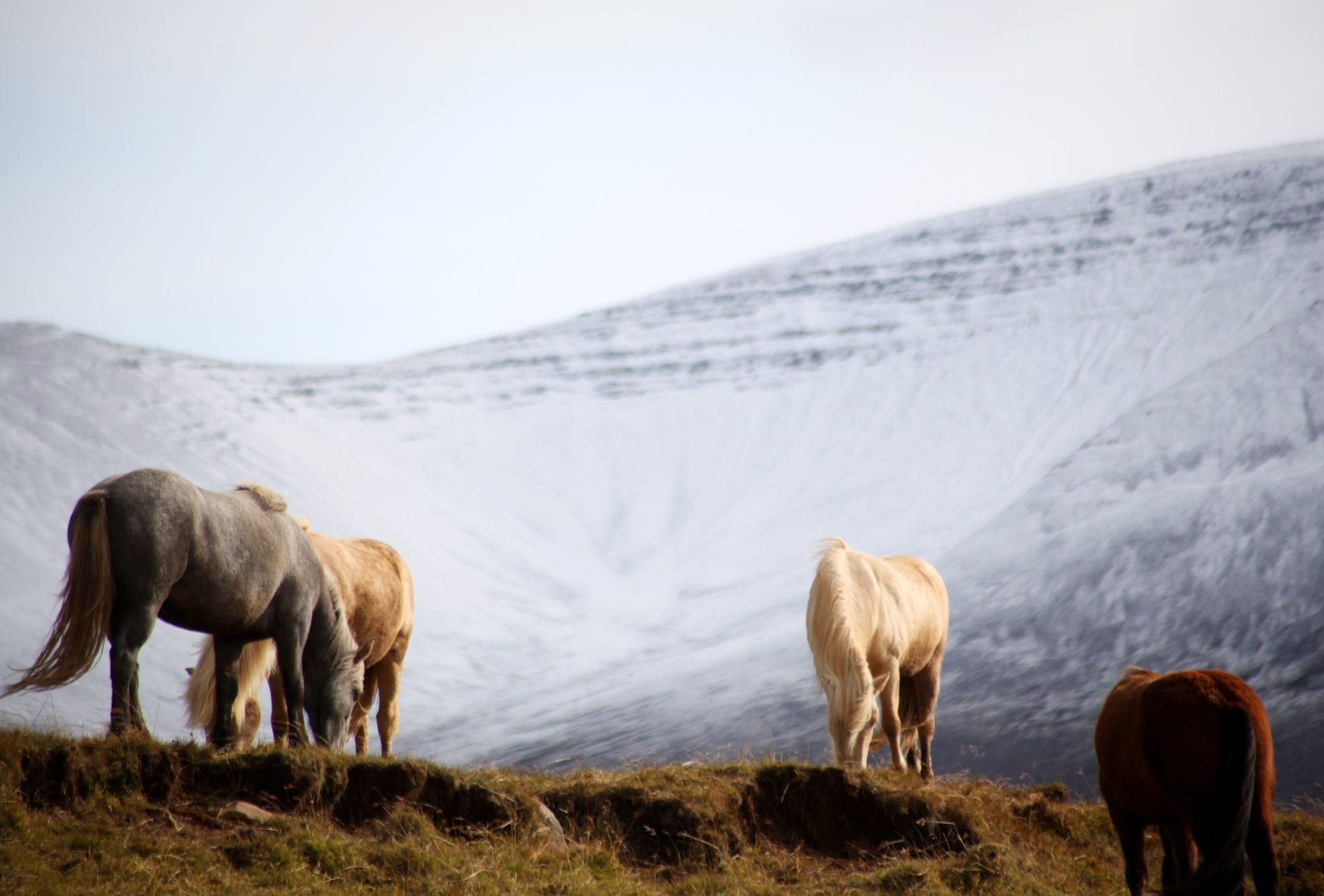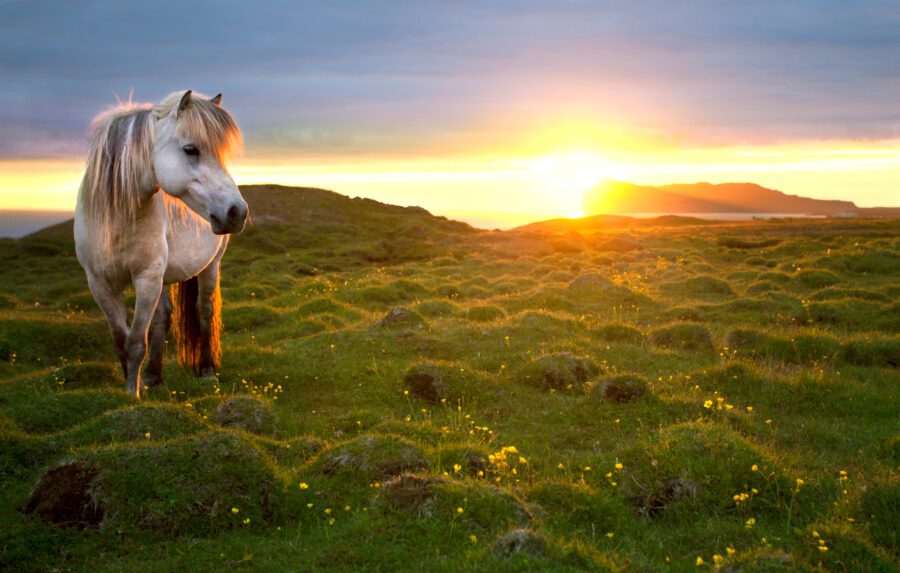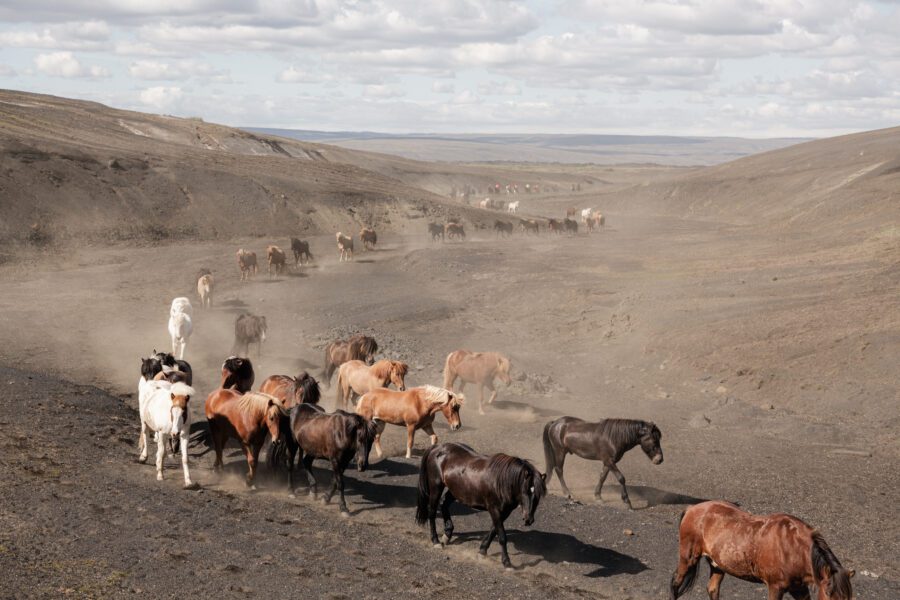
In September the Icelandic horses shed their summer coats and dress up in funky winter coats by growing long hair that keeps them warm throughout the winter. From that time on, they have a harder time cooling down than staying warm. They also wear specific winter shoes for a better grip preventing them from sliding or accumulating snow under their hoofs. See more info about our winter tour here: https://islandshestar.is/tour/riding-and-northern-lights/
The ideal latitude for experiencing Aurora Borealis, the northern lights, is 66 ° north. With Iceland’s latitude being 65° north the country is extremely well suited for the experience. After a whole day of horse riding and once the darkness appears, you might therefore want to look up towards the sky. If you get lucky you will be able to view Aurora, the roman goddess of dawn, take over your reins and watch how she races her magnificent chariot across the sky. It will appear in the form of colorful and exchanging lights, A sublime experience. Aurora Borealis prefers rural areas to the urban ones. Her favorite time is once it gets dark, around 23:00 – 1:00, as she is no fan of light pollution. She feels more welcome on a new moon (the opposite of a full moon) and prefers clear sky. However, being both flexible and unpredictable she might show up wearing green, white, red or purple despite these perfect conditions being met.
As expected there are countless cultural stories and superstitions that circulate regarding this magnificent phenomena. According to Norse mythology the lights were reflections of the armors and shields of the Valkyries who decided who would live or die in battles. The Swedish referred to it as a “herring flash”, a reflection of the fish in the sea, while the Chinese saw it as dragons breathing fire in the battle between good and evil. For the ancient Icelanders, the northern lights were considered a natural pain relief during child birth who yet made sure the expecting mother would not watch the lights while delivering as it would increase the risk of a cross-eyed baby! The tenacity of certain myths has been used to explain recent popularity in northern lights tourims. The most famous one being that according Japanese culture, a child conceived under the northern lights should become exceptionally fortunate, clever and good looking. Good stories die hard and especially these kind of gemstones for tourist guides. Repeatedly it has been pointed out that this cultural story is unfound and the popularity is explained by heavy promotion of the northern lights in Japan.
Today scientist explaining the phenomena with words like disturbances in the magnetosphere, solar wind, electrons and protons, ionization, cloud coverage and polar regions that altogether influences the intensity, color and timing of our modern and slightly more predictable Aurora.
For a more detailed info on science and to receive the maximum five days prediction available please check out the website of Sævar Helgi Bragason, our well known space weather specialist, referred to in Iceland as Stjörnu Sævar (star Sævar) https://auroraforecast.is/ or the website of The Icelandic Met Office https://en.vedur.is/weather/forecasts/aurora/
For more info on our Winter riding and Northern lights tour click here!


